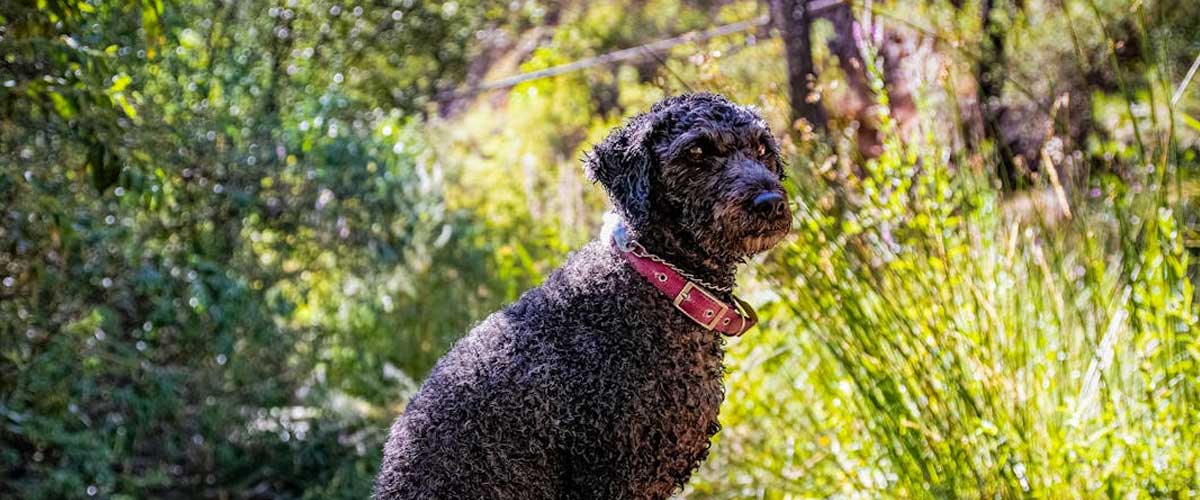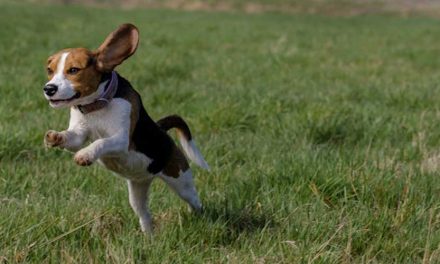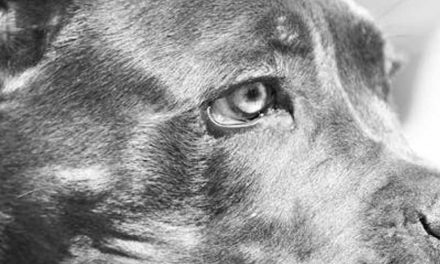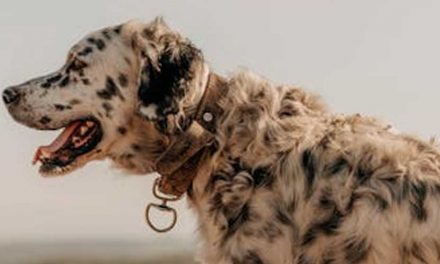The Spanish Water Dog (Perro de Agua Español) is a lively and intelligent breed that has gained popularity for its versatility and charming personality.
With roots that trace back to the Mediterranean coast, this breed has been utilized for various tasks, including herding, fishing, and working alongside shepherds and fishermen.
Below, we explore the characteristics, temperament, care, and training needs of the Spanish Water Dog.
History and Origin
The Spanish Water Dog is believed to have a lineage that dates back to ancient times, possibly descended from the dogs brought by the Moors to Spain.
Historically, they have served multiple purposes, such as retrieving nets, herding sheep, and aiding fishermen.
Their keen intellect and strong work ethic make them invaluable companions in both agricultural and maritime settings.
Physical Characteristics
Spanish Water Dogs are medium-sized dogs, typically weighing between 30 to 50 pounds.
They possess a distinctive curly or wavy coat that is water-resistant, which makes it ideal for their historical role as water retrievers.
Their coat can vary in color, ranging from solid white to black, brown, or a combination of these colors.
The breed has a sturdy build, with a strong, muscular physique that enables them to excel in various activities.
Their expressive eyes and friendly demeanor make them particularly endearing.
Temperament and Personality
Known for their energetic and affectionate nature, Spanish Water Dogs are loyal companions that form strong bonds with their families.
They are highly intelligent and eager to please, which makes them relatively easy to train.
Their playful and outgoing spirit makes them excellent family pets, and they typically get along well with children and other animals.
However, their energetic disposition requires regular physical and mental stimulation.
Without adequate exercise, they may become bored and develop undesirable behaviors.
Care and Grooming
Due to their curly coat, Spanish Water Dogs require regular grooming to prevent matting.
Brushing a few times a week is recommended, and occasional professional grooming may be necessary to maintain the coat’s health.
They also benefit from regular baths, especially if they spend time in water.
In addition to grooming, like all dogs, Spanish Water Dogs require a balanced diet that supports their energy needs.
Regular veterinary check-ups will also ensure they stay healthy.
Training and Exercise
Training should begin early, as Spanish Water Dogs thrive on structure and mental engagement.
They respond well to positive reinforcement techniques and can excel in obedience, agility, and even water sports.
Their intelligence allows them to learn commands quickly, but consistent training is essential to reinforce good behavior.
Daily exercise is crucial for this active breed.
They enjoy activities such as running, swimming, and playing fetch.
Regular interaction with both physical and mental challenges, like puzzle toys and agility training, can help keep them happy and well-adjusted.
Conclusion
The Spanish Water Dog is a unique and multifaceted breed, cherished for its intelligence, loyalty, and versatility.
Whether as a working dog or a beloved family pet, they thrive on companionship and activity.
With proper care, grooming, and training, these dogs can make delightful additions to any household, bringing joy and energy to families around the world.
Whether you’re involved in water sports or simply enjoy a vigorous walk, the Spanish Water Dog is sure to keep up and keep your life lively!









